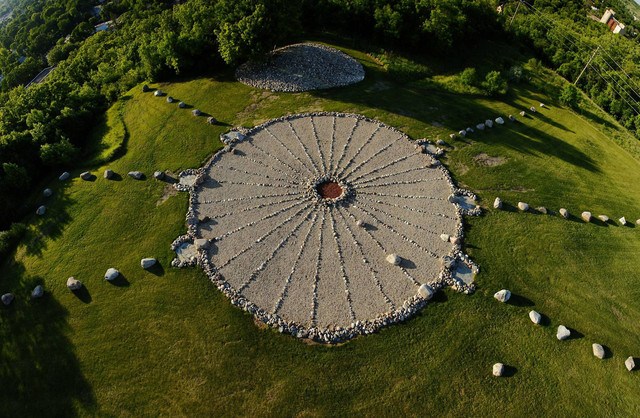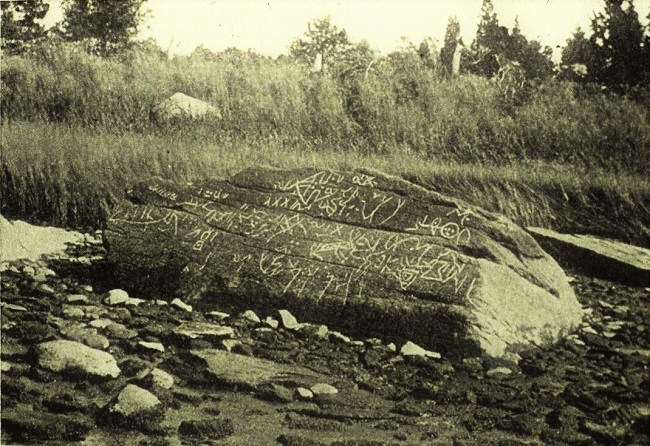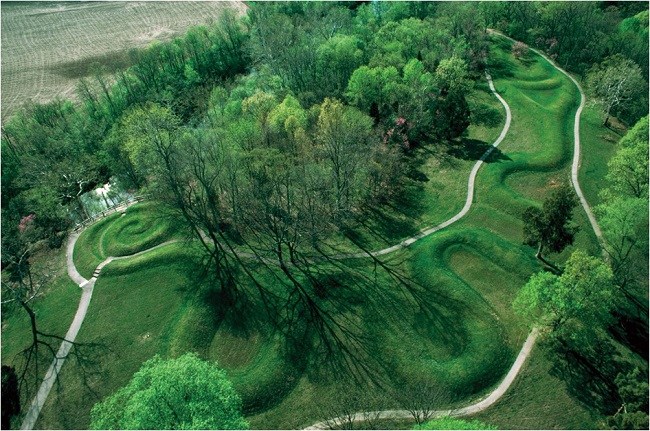5 Bighorn Medicine Wheel, Lovell, Wyoming
Advertisement
Medicine wheel monuments still remain scattered around North America. These structures are stones arranged in a circular shape and are believed to be sacred among tribes across the great Northern plains. The biggest, however, is Wyoming’s Big Horn Medicine Wheel which is 75 feet in diameter. It was Astronomer John Eddy who noticed in 1970 that the spokes of the wheel pinpoint the direction of the sunrise on different solstices and was of the opinion that the site was an ancient observatory.

Image Source: www.theclio.com
6 Dighton Rock, Berkeley, Massachusetts
Advertisement
This is another petroglyph boulder similar to the Judaculla Rock but no one knows who made it. Scholars attribute the creation of the Dighton Rock to pre Columbian tribes. One of the markings resemble those on a similar rock in Vermont. There are other theories which suggest the rock was made by Phoenicians or Vikings. Dighton rock is a national artifact and housed in the museum at Dighton rock state park.

Image Source: www.wikimedia.org
7 The Great Serpent Mound, Hillsboro, Ohio
Advertisement
This massive 1,300 foot artwork is shaped like a snake swallowing an egg. It was first noticed by European settlers in 1812 and was left undisturbed. The site was surveyed by the Smithsonian in 1840 and has been a subject of study ever since. The creation of the site is still a mystery although scholars feel it was created by pre Columbian tribes. It also could have been used as an observatory.

Image Source: www.pinimg.com